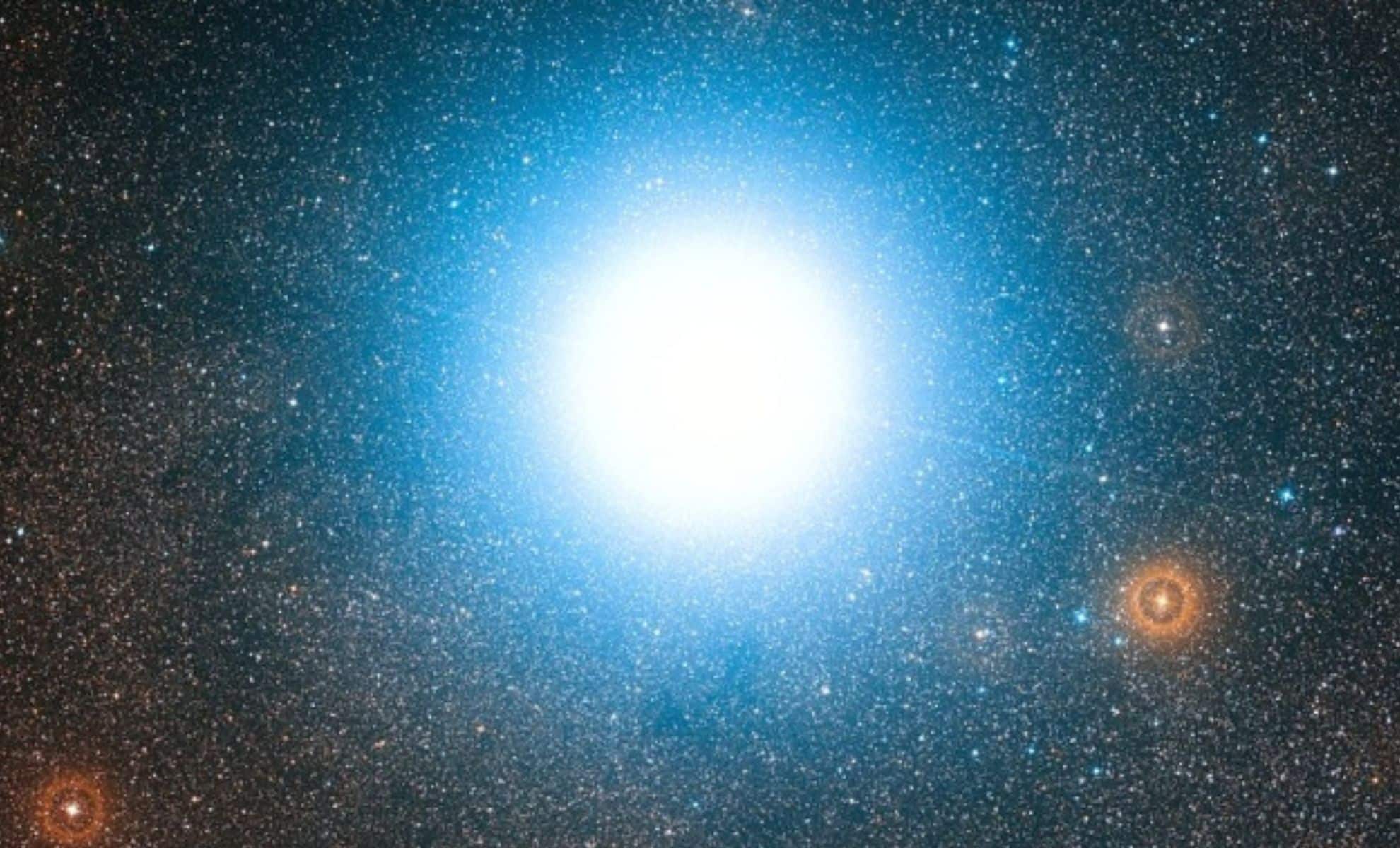
A revolutionary study has revealed the presence of a “cosmic highway”—a conduit of interstellar material originating from the Alpha Centauri star system. This finding suggests that our solar system may already be linked to faraway stars. The discovery paves the way for new insights into the exchange of material between star systems and enhances our understanding of the intricate connections that shape our galaxy. By analyzing particle paths ejected from Alpha Centauri, researchers illuminate the journey of cosmic debris and its possible effects on our solar system.
For countless generations, humanity has been captivated by the night sky, contemplating the immense distances separating solar systems and the enormity of space. It turns out, however, that the universe is far more interconnected than previously believed. Alpha Centauri, the star system closest to Earth, has long fascinated astronomers. Comprising three stars—Alpha Centauri A, Alpha Centauri B, and Proxima Centauri—this system is approaching us at remarkable speeds. Recent findings indicate that material from Alpha Centauri is already arriving, bridging the gap between us and our stellar neighbor. This breakthrough implies that interstellar material has been journeying across space for ages, potentially influencing the conditions in our cosmic neighborhood today.
Exploring the Cosmic Highway: Alpha Centauri’s Particles Approaching Our Solar System
The notion of a “cosmic highway” is not entirely novel, but this research plays a crucial role in comprehending how material travels between star systems. By concentrating on Alpha Centauri—our nearest stellar counterpart—this study investigates how substances ejected from this system might already reside in our solar system, possibly in the Oort Cloud, a remote region far from the Sun. The research sheds light on how material from this aging star system might journey toward our solar neighborhood, traversing the enormous distances of the galaxy.
The authors emphasize, “Interstellar material has been detected within our Solar System, yet its origins and the details of its journey remain a mystery.” This enigma concerning how substances migrate throughout the galaxy is a focal point of the study. By examining Alpha Centauri, the researchers propose a novel framework to understand the movement of particles from distant star systems to ours. Given its proximity, Alpha Centauri presents a unique opportunity to explore how such material exchanges happen and how they might impact the structure of our galaxy.
In their analysis, the authors provide a visual simulation portraying Alpha Centauri’s orbit around the Galactic Center, in conjunction with the trajectories of ejected material. “Alpha Centauri’s orbital path around the Galactic Centre is depicted on both the xy and yz planes (top row), alongside the orbits of ejected particles from Alpha Centauri viewed in a comoving frame (bottom row),” they note. This model tracks the particles as they navigate their paths, illustrating how Alpha Centauri’s position and velocity dictate the movement of material through space. The study outlines how this ejected material may ultimately approach our solar system, offering a visual depiction of the particles’ trajectories and their prospective arrival in the Oort Cloud.
“The colors of the ejected material indicate the third dimension of position; however, any particle that comes within 100,000 AU of Sol is marked in red. This demonstrates the time progression from t? -100 Myr to t? 10 Myr,” the authors elaborate. This detailed model provides a time-evolving perspective on how particles from Alpha Centauri could be journeying through space, potentially on a collision course with our solar system. The research presents an intriguing possibility: Alpha Centauri’s particles might be on an interstellar voyage that could soon intersect with our own.
The Dynamics of Material Ejection
A particularly captivating aspect of this research is its exploration of how Alpha Centauri ejects material into the cosmos. While mature star systems are typically known to expel less material compared to their younger, planet-forming counterparts, the study indicates that the presence of multiple stars and planets within the Alpha Centauri system may enhance the probability of gravitational scattering. This process could lead to materials—such as asteroids or comets—being ejected from Alpha Centauri and moving toward our solar system.
“Although mature star systems generally expel less material than those in their formative years, the existence of multiple stellar bodies increases the likelihood of gravitational scattering of remnants from any residual planetesimal reservoirs, similar to how asteroids or comets are currently being ejected from our Solar System,” the authors observe. This suggests that despite Alpha Centauri being a mature system, its intricate gravitational interactions still facilitate the expulsion of material that could potentially reach our solar system.
The presence of multiple stars, including Proxima Centauri, a red dwarf, further enhances the chances of material being scattered into space from the Alpha Centauri system. Although this ejected material may be small and hard to detect, the findings of this study imply that over extended periods, particles from this star system could travel to the fringes of our solar system and beyond. This discovery invites further investigation into how materials from one star system can traverse vast distances and arrive at another.
This article has been republished from the following resources. Please note that content may have been adjusted for length and clarity. For additional details, reach out to the cited source.
Have thoughts to share? Join the conversation in the comments
Enjoyed this content? Subscribe to our complimentary newsletter for intriguing stories, exclusive updates, and the latest news.









